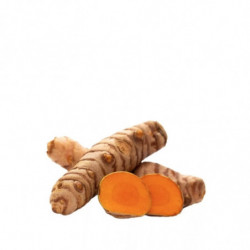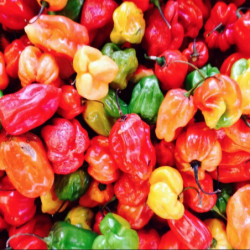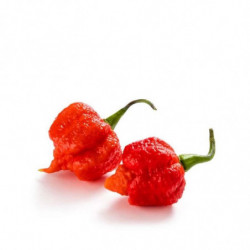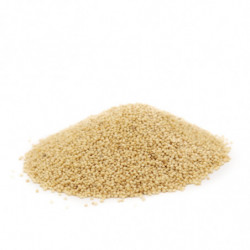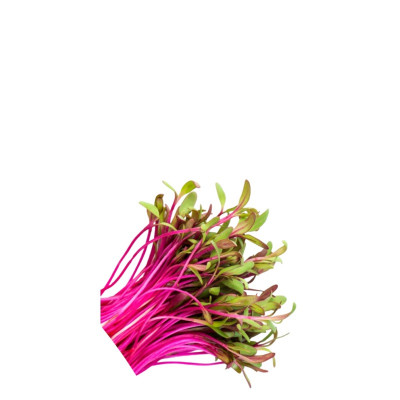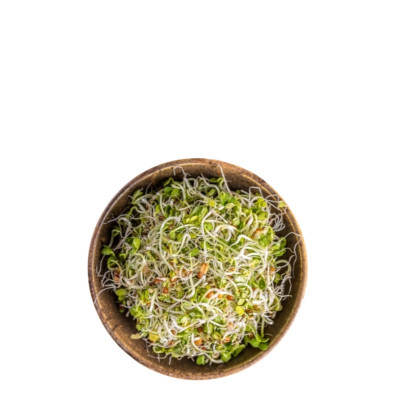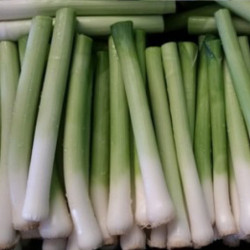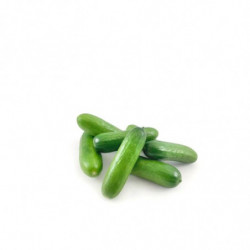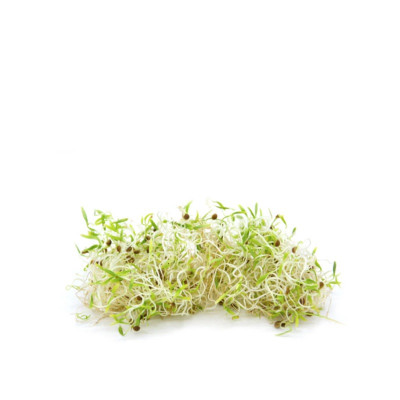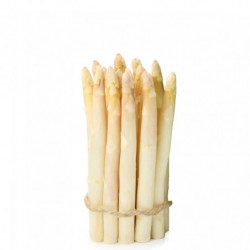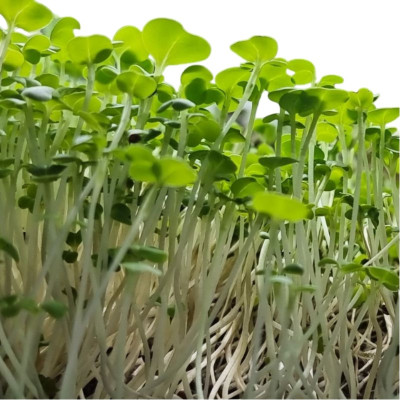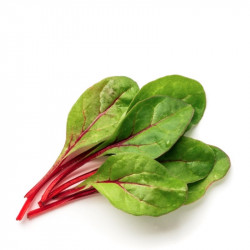The Importance of Turmeric in the Zingiberaceae Family
Turmeric is a tuberous root belonging to the Zingiberaceae family, the same as ginger and cardamom. Originating from Southeast Asia, it has been used since ancient times as a coloring agent, seasoning, remedy, and sacred object.
Characteristics and Nutrition of Turmeric
It is a perennial plant that can reach over a meter in height, with large elliptical leaves. Its flowers are triple and hermaphroditic, grouped in spikes. The rhizome is cylindrical, brown on the outside, and orange or yellow on the inside. Turmeric has significant nutritional value, being rich in minerals such as manganese, potassium, calcium, magnesium, iron, and vitamins such as B6, B3, C, K, and E.
Properties of Curcumin and Health Benefits
It contains curcumin, a compound responsible for its characteristic color, with anti-inflammatory, antioxidant, anticancer, and antidepressant properties.
Turmeric Varieties
There are two main types of turmeric: long and round. Within long turmeric, there are two commercial varieties: Madras turmeric, with a light yellow color and mild flavor, and Alleppey turmeric, darker with a more intense and spicy flavor. Another important species is turmeric alismatifolia, cultivated for its ornamental pink flowers.
Organic Fresh Turmeric Chicken Curry
Ingredients:
- 4 chicken breast fillets
- 1 large onion, finely chopped
- 2 cloves of garlic, minced
- 1 piece of organic fresh turmeric (about 2 cm), peeled and grated
- 1 piece of fresh ginger (about 2 cm), peeled and grated
- 1 can of coconut milk
- 2 tablespoons of red curry paste
- 1 red bell pepper, sliced into strips
- 1 large carrot, thinly sliced
- A handful of fresh spinach
- 2 tablespoons of coconut oil
- Salt and pepper to taste
- Fresh chopped cilantro for garnish
- Cooked brown rice for serving
Instructions:
-
Heat the coconut oil in a large skillet over medium-high heat. Add the chopped onion and minced garlic and cook until golden and fragrant, about 5 minutes.
-
Add the grated turmeric and grated ginger to the skillet and cook for a few more minutes, stirring constantly to prevent burning.
-
Stir the red curry paste into the skillet and mix well with the cooked vegetables.
-
Add the chicken breast fillets to the skillet and cook until golden on both sides, about 5 minutes per side.
-
Once the chicken is golden, add the sliced red bell pepper and sliced carrot to the skillet. Cook for a few minutes until the vegetables are tender but still crisp.
-
Pour the coconut milk over the chicken and vegetables in the skillet. Reduce the heat to medium-low and let the mixture simmer for about 10-15 minutes to allow the flavors to combine and the sauce to thicken slightly.
-
Add the fresh spinach to the skillet and cook for a couple more minutes, until wilted.
-
Taste and adjust the seasoning with salt and pepper to taste.
-
Serve the hot curry chicken over cooked brown rice and sprinkle with fresh chopped cilantro before serving.
Enjoy this delicious and healthy organic fresh turmeric chicken curry recipe!
